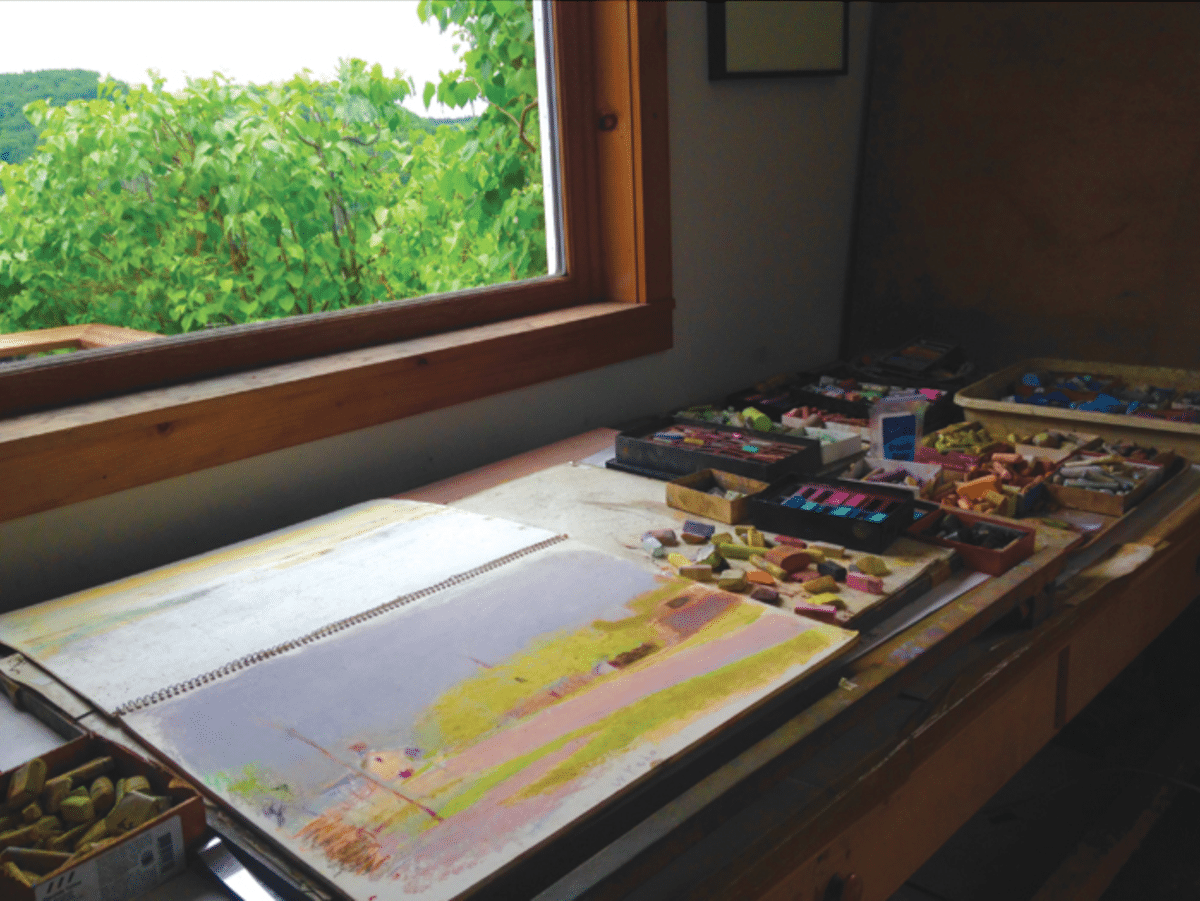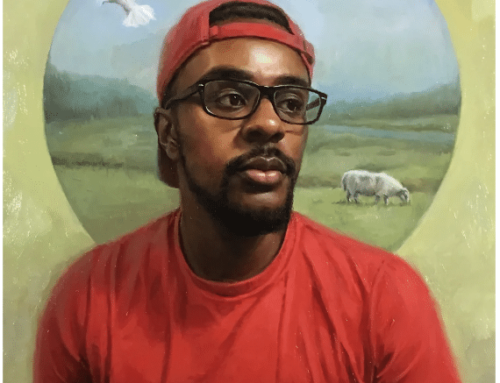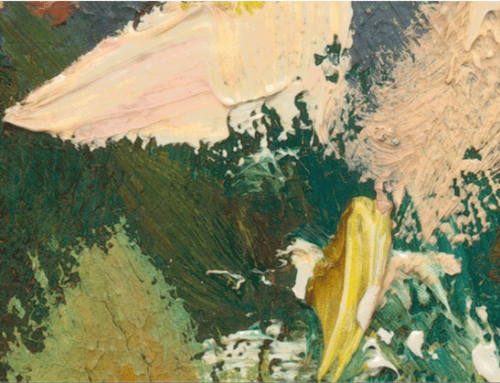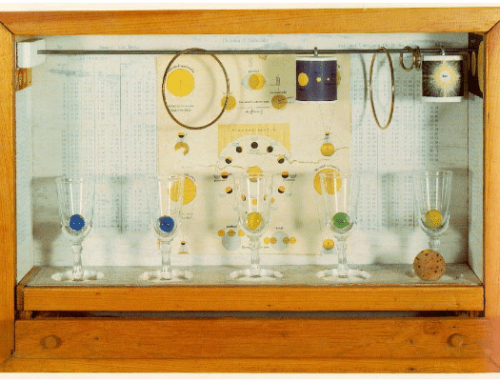To my mind, the late Wolf Kahn was one of America’s most striking landscape and color field painters. He worked with oils as well as pastels, the latter probably because he loved the vibrancy of undiluted powdered pigment.
Born in Germany, Wolf Kahn matured as an artist in New York during the period immediately following the heyday of the 1940s-‘50s Ab-Ex movement led by the likes of Pollock, de Kooning, and Rothko. However, although he appropriated the colors of the Pop Art of the 1960s, Kahn painted in a more or less traditional (albeit abstracted) landscape mode, populating his brightly painted canvases work with barns, meadows, mountains, and trees.
He’s the only painter I’ve seen do all their color mixing on the painting; he used a palette, but only as a place to squeeze colors out from the tube – a habit ingrained from pastels? He painted and drew what he saw in New York and outside his Vermont studio, but he also worked intuitively, courting chance and, as his friend poet Frank O’Hara use to say, “just going on his nerve.”
The following combines comments from an in-person interview I did in 2017 with quotes from a short video the artist pointed me to, Wolf Kahn: Landscape Painter, produced by Alan Dater and Marlboro Films, Marlboro, VT.
Be True to Your Vision
“Be true to your vision – and by being true to it, it will intensify and deepen into your own.
The most important thing for a painter is the capacity to feel and express enthusiasm.
I’m trying to get beyond intention. As soon as you have a brush in your hand you have a tool that’s going to make you descriptive. I didn’t want to be a descriptive artist. I like painting that ends up a surprise. I want to always be trying things I haven’t done before and that I haven’t seen other people do and that allow me to be surprised.
I always feel like I am doing something new, that I haven’t figured it out yet (Kahn was in his 80s when he said that!)
I like to start a painting by setting up a confusion. I try to make a few mistakes right at the beginning.
I’m painting an accuracy of feeling. What I’m painting and what I’m sensing out there are in a very close relationship.
I really want to deal with what I see in front of me but in the widest possible sense – not a copy-cat sense – the artist is a human being responding to a specific situation. It’s the response to the situation I’m interested in, not the specific situation.
To be a colorist an artist has to see them freshly and intensely. The longer I live, the more yellow a yellow becomes, the bluer a blue becomes. This gives me hope for the future.
I want to get it to the point where something happens on the surface that goes far beyond the descriptive aspect and that gets your feelings and moods involved.
‘What Life Should Be About’
I try in my painting to express my sense of what life should be about – life in the sense of being large-spirited and generous, to not get involved in small issues. It’s very easy to get involved in small issues in painting. I want the whole painting to be like one big movement, the largest possible issue. Of course, it’s very difficult to do because you have to do it through a whole series of small moves.
My painting sort of proceeds through a series of mistakes …. that’s how you learn, how you get angry at the painting, how you generate energy – there’s something about the process itself that you have a feeling is very much like life. People live from day to day – I paint from moment to moment.
A painting is really the record of a moment of discovery, a moment in your life, a moment in your sensibility, and then of course, like everything else, you find a value in it that you want to share with the rest of humanity, because you consider yourself everyone’s brother and friend. So you hand it on and sometimes you get lucky and it’s accepted.”




